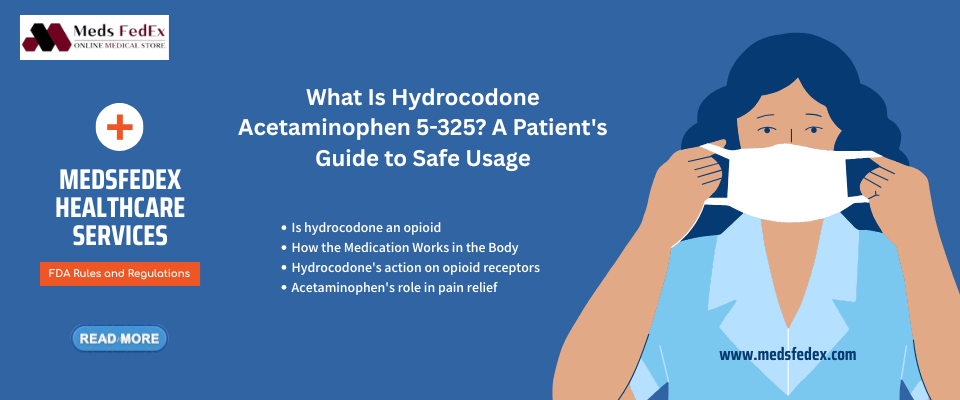
Hydrocodone acetaminophen 5-325 ranks among the most frequently prescribed pain medications in the United States, with hydrocodone-containing products reaching a peak of approximately 144.5 million prescriptions in 2011 before declining to 47.4 million in 2024. As a potent analgesic commonly prescribed for moderate-to-severe pain management in postoperative settings, trauma patients, and individuals with cancer, understanding this medication is crucial for anyone who has been prescribed it.
In this comprehensive guide, we’ll explore what hydrocodone is, why it’s classified as an opioid, and how it works in combination with acetaminophen to provide effective pain relief. Additionally, we’ll address important safety concerns, as hydrocodone combination products may be habit-forming and have been misused by 3.6 million people in the United States according to the 2023 National Survey on Drug Use and Health. By the end of this article, you’ll have a clear understanding of proper dosage, potential side effects, and essential precautions to ensure you’re using this medication safely and effectively.
What is Hydrocodone Acetaminophen 5-325?
The label “5-325” on hydrocodone acetaminophen refers to a specific formulation containing 5 mg of hydrocodone bitartrate and 325 mg of acetaminophen per tablet. This combination medication has become one of the most frequently prescribed options for managing moderate to severe pain when other pain medications haven’t worked effectively or can’t be tolerated.
Understanding the combination of hydrocodone and acetaminophen
Hydrocodone acetaminophen 5-325 combines two different pain-relieving medications that work through separate mechanisms to provide more effective pain control. This dual-action approach often provides better pain relief than either medication alone.
Hydrocodone bitartrate is a semi-synthetic opioid analgesic that comes in the form of fine, white crystals or crystalline powder. It functions primarily as a pain reliever by changing how your brain and nervous system respond to pain signals.
Acetaminophen (also known as paracetamol) is a non-opioid, non-salicylate analgesic and antipyretic that appears as a slightly bitter, white, odorless, crystalline powder. While its exact mechanism isn’t fully understood, it’s believed to work by inhibiting certain enzymes and activating pain-inhibiting pathways in the central nervous system.
When combined, these medications create a powerful pain-relieving effect. The combination of hydrocodone with acetaminophen has been shown to be much more effective than placebo in several randomized studies without significantly increasing adverse effects.
Is hydrocodone an opioid?
Yes, hydrocodone is definitively classified as an opioid analgesic. Specifically, it’s a semi-synthetic opioid medication that is classified as a schedule II controlled substance. This classification reflects its high potential for abuse and dependence.
Hydrocodone functions as an opioid receptor agonist, primarily activating mu-opioid receptors in the central nervous system to produce its analgesic effects. As the plasma concentration increases beyond starting doses, it also activates delta and kappa opioid receptors. These receptors are responsible for the drug’s ability to change how the brain perceives and responds to pain signals.
Furthermore, hydrocodone belongs to the same class of medications as morphine and other opioid analgesics. Like other opioids, when used for a long time, it may become habit-forming, potentially causing mental or physical dependence.
Common brand names and formulations
Hydrocodone acetaminophen 5-325 is marketed under several brand names, with Norco® being one of the most recognized. Other common brand names include:
- Vicodin
- Lortab
- Anexsia
- Co-Gesic
- Lorcet
- Maxidone
- Zydone
This medication is primarily available in tablet form for oral administration, though some formulations come as oral solutions. The 5-325 tablet contains 5 mg of hydrocodone bitartrate and 325 mg of acetaminophen, however, other strengths exist, including:
- 2.5 mg hydrocodone with 325 mg acetaminophen
- 7.5 mg hydrocodone with 325 mg acetaminophen
- 10 mg hydrocodone with 325 mg acetaminophen
Consequently, it’s important to note that hydrocodone is only available in combination products when in immediate-release form, typically paired with acetaminophen or occasionally with ibuprofen. Single-entity hydrocodone (without acetaminophen) is only available in extended-release formulations.
In these combination products, the total daily acetaminophen dosage should never exceed 4 grams to prevent liver toxicity, which is a serious concern with this medication.
How the Medication Works in the Body
Understanding the dual mechanism of action behind hydrocodone acetaminophen 5-325 helps explain why this combination medication provides effective pain relief. Each component works through distinct pathways in your body to create a powerful analgesic effect.
“Studies indicate that hydrocodone is as effective, or more effective, than codeine for cough suppression and nearly equipotent to morphine for pain relief.” — U.S. Drug Enforcement Administration (DEA), United States federal law enforcement agency under the Department of Justice, responsible for combating drug trafficking and distribution
Hydrocodone’s action on opioid receptors
Hydrocodone primarily functions as a full opioid agonist that interacts with specific receptors in your nervous system. It binds with highest affinity to mu-opioid receptors (μ-receptors) and to a lesser extent to delta-opioid receptors (δ-receptors). This interaction fundamentally changes how your body processes pain signals.
When hydrocodone activates μ-receptors, several important effects occur:
- Inhibition of nociceptive pain reflexes (pain sensation)
- Prevention of neurotransmitter release, including substance P
- Profound analgesia without affecting other sensory modalities like touch
Notably, hydrocodone itself is actually a prodrug with relatively low efficacy. It undergoes bioconversion in your body to hydromorphone, which possesses over 100 times greater affinity for μ-receptors. In fact, pain relief correlates more strongly with plasma hydromorphone levels than with hydrocodone concentration.
Beyond pain relief, hydrocodone’s activation of opioid receptors produces additional effects throughout your body. As plasma concentration increases, it begins activating delta and kappa-opioid receptors. Moreover, it causes respiratory depression by directly affecting brain stem respiratory centers, reducing their responsiveness to carbon dioxide and electrical stimulation.
Acetaminophen’s role in pain relief
Despite being one of the most commonly used analgesics worldwide, acetaminophen’s exact mechanism remains incompletely understood. Traditionally, experts believed it worked primarily through cyclooxygenase (COX) enzyme inhibition. Nevertheless, current research suggests its action is much more complex.
Acetaminophen undergoes metabolism to p-aminophenol, which easily crosses the blood-brain barrier and converts to N-acylphenolamine (AM404). This metabolite appears to be the key mediator of acetaminophen’s analgesic effects through multiple pathways:
- Activation of transient receptor potential vanilloid 1 (TRPV1) receptors in both brain and spinal cord
- Interaction with cannabinoid 1 (CB1) receptors
- Inhibition of cyclooxygenase (COX) pathways in the central nervous system
- Stimulation of descending serotonergic pathways
Unlike NSAIDs, acetaminophen lacks significant peripheral anti-inflammatory effects. Instead, it focuses its action centrally, making it particularly effective for certain types of pain while producing fewer gastrointestinal side effects.
How the two drugs work together
The combination of hydrocodone and acetaminophen in a single formulation creates a synergistic analgesic effect that targets multiple pain pathways simultaneously. This dual-action approach provides superior pain relief compared to either medication used alone.
Essentially, while hydrocodone works through opioid receptor activation primarily affecting how your brain and spinal cord process pain signals, acetaminophen works through separate mechanisms involving COX inhibition and activation of TRPV1 and cannabinoid pathways. Together, they create a more comprehensive approach to pain management.
In multiple randomized studies, this combination has proven significantly more effective than placebo without substantially increasing adverse effects. The complementary mechanisms allow for effective pain control with potentially lower doses of each individual component, which may help reduce some side effects associated with higher doses of either drug alone.
Furthermore, this synergistic effect explains why hydrocodone acetaminophen 5-325 often proves effective in managing moderate to severe pain when other single-agent approaches have failed. The medication’s ability to target pain through multiple pathways simultaneously makes it particularly valuable in clinical settings where pain management presents significant challenges.
Proper Dosage and Administration Guidelines
Following your doctor’s instructions precisely is crucial when taking hydrocodone acetaminophen 5-325. This powerful pain medication requires careful administration to ensure both safety and effectiveness.
Standard adult dosage for 5-325 mg
For adults, the typical dosage of hydrocodone acetaminophen 5-325 is 1-2 tablets taken every 4-6 hours as needed for pain. The maximum daily limit should not exceed 8 tablets per day. This limit is important because it keeps the total daily acetaminophen intake below 4 grams (4000 mg), which is the maximum safe amount to prevent liver damage.
Each tablet contains exactly 5 mg of hydrocodone bitartrate combined with 325 mg of acetaminophen, hence the “5-325” designation. Indeed, your doctor will adjust your dosage based on:
- The severity of your pain
- Your individual response to the medication
- Your overall health condition
How often to take it and for how long
Take this medication by mouth with a full glass of water. You may take it with or without food, but if you experience stomach upset, taking it with food often helps.
Hydrocodone acetaminophen 5-325 can be used for either short-term or long-term treatment depending on your medical needs. Generally, your doctor will prescribe the lowest effective dose for the shortest duration possible to minimize risks of dependence.
The medication works best when taken at the first signs of pain rather than waiting until the pain becomes severe. Subsequently, the effectiveness diminishes if you wait too long.
Special considerations for older adults and children
For older adults: Elderly patients are typically more sensitive to the effects of this medication and may require dosage adjustments. Doctors generally start elderly patients at the lower end of the dosing range given that older adults have increased risk of decreased organ function and side effects like confusion and drowsiness.
For children: Safety and effectiveness in children under 18 years haven’t been well established. For specific pediatric cases where the medication is prescribed, dosing is typically calculated based on weight. Close medical supervision is required for any child taking this medication.
What to do if you miss a dose
If you miss a dose and remember soon after, take it as soon as possible. Certainly, if it’s almost time for your next scheduled dose, skip the missed dose and continue with your regular dosing schedule. Never take double doses to “catch up” on missed medication, as this could lead to dangerous side effects or overdose.
For those taking the medication on a regular schedule (rather than as needed), following a consistent routine helps maintain effective pain control.
Side Effects and Safety Concerns
Being aware of potential side effects is essential when taking hydrocodone acetaminophen 5-325. Initially, understanding these risks helps you recognize when to seek medical attention.
Common side effects of hydrocodone acetaminophen 5-325
Most patients experience mild side effects that typically resolve as your body adjusts to the medication. These include:
- Dizziness and lightheadedness
- Drowsiness and fatigue
- Constipation
- Nausea or vomiting
- Dry mouth
- Headache
Signs of serious adverse reactions
Seek immediate medical attention if you experience any of these potentially life-threatening symptoms:
- Allergic reactions (rash, hives, swelling of face/throat)
- Unusual dizziness or extreme sleepiness
- Agitation, hallucinations, fever, or confusion
- Irregular heartbeat
- Difficulty urinating
Hydrocodone-acetaminophen and liver toxicity
Acetaminophen can cause fatal liver damage, especially when exceeding 4 grams daily. Watch for warning signs of liver injury including:
- Right upper abdominal pain
- Yellowing of skin or eyes (jaundice)
- Dark urine or light-colored stools
- Unusual weakness or fatigue
Hydrocodone side effects related to breathing and sedation
As an opioid, hydrocodone may cause serious respiratory depression, primarily during the first 24-72 hours of treatment or after dose increases. Risk factors include:
- Age (elderly patients face higher risks)
- Underlying respiratory conditions
- Concurrent use of alcohol or other CNS depressants
Shallow breathing, unusual sleepiness, or unresponsiveness require emergency medical attention. First-time users and those with sleep apnea should be especially cautious as hydrocodone can cause sleep-related breathing problems.
Precautions, Interactions, and Contraindications
“Reserve concomitant prescribing of NORCO and benzodiazepines or other CNS depressants for use in patients for whom alternative treatment options are inadequate.” — U.S. Food and Drug Administration (FDA), United States federal agency responsible for protecting public health by ensuring the safety, efficacy, and security of drugs
Safety should be your first priority when taking hydrocodone acetaminophen 5-325. Knowing who should avoid this medication and understanding potential interactions can prevent serious complications.
Who should avoid this medication
Hydrocodone acetaminophen 5-325 is contraindicated for patients with severe respiratory depression, acute bronchial asthma, and gastrointestinal obstruction. Individuals with hypersensitivity to either hydrocodone or acetaminophen should also avoid this medication. Additionally, people with paralytic ileus (a condition where digested food doesn’t move through the intestines) should not take this drug.
Drug interactions to watch for
Prior to starting treatment, inform your doctor if you’re taking:
- MAOIs like isocarboxazid or phenelzine (avoid within 14 days)
- Benzodiazepines or other CNS depressants
- Serotonergic medications
- Medications affecting liver enzymes
Pregnancy and breastfeeding considerations
Prolonged maternal use during pregnancy can result in neonatal opioid withdrawal syndrome, which may be life-threatening. Regarding breastfeeding, both hydrocodone and acetaminophen pass into breast milk. Watch breastfed infants for increased sleepiness, breathing difficulties, or limpness.
Alcohol and CNS depressant risks
Above all, never combine this medication with alcohol. This combination increases hydrocodone plasma levels and risks potentially fatal overdose by altering the drug’s release. Alcohol plays a role in about 1 in 5 overdose deaths related to prescription opioids (22.1%) each year.
Conclusion
Hydrocodone acetaminophen 5-325 remains one of the most effective options for managing moderate to severe pain when other medications fail to provide relief. The synergistic action of hydrocodone targeting opioid receptors alongside acetaminophen’s multiple pain-relieving pathways creates a powerful analgesic effect. Nevertheless, this effectiveness comes with significant responsibilities for patients.
Safety must be your primary concern when taking this medication. Accordingly, following your doctor’s prescribed dosage, never exceeding 8 tablets daily, and watching for warning signs of adverse reactions could prevent serious complications. Remember that this medication carries risks of dependence and respiratory depression, particularly during the first 72 hours of treatment or after dose increases.
Additionally, certain groups face heightened risks when using this medication. Elderly patients typically require lower doses due to increased sensitivity, pregnant women should consider the risk of neonatal opioid withdrawal syndrome, and patients with respiratory conditions need careful monitoring.
Most importantly, never combine hydrocodone acetaminophen with alcohol or other CNS depressants without medical supervision. This dangerous interaction significantly increases overdose risk and accounts for many opioid-related deaths annually.
Though hydrocodone acetaminophen 5-325 offers valuable pain relief when properly used, it demands respect and careful adherence to safety guidelines. Your awareness of proper dosing, potential side effects, and contraindications serves as your best protection against complications while benefiting from this medication’s pain-relieving properties. Certainly, open communication with your healthcare provider about any concerns ensures you can use this powerful medication safely and effectively.
Key Takeaways
Understanding hydrocodone acetaminophen 5-325 is essential for safe and effective pain management. Here are the critical points every patient should know:
• Dual-action pain relief: Contains 5mg hydrocodone (opioid) and 325mg acetaminophen working through different pathways for enhanced effectiveness
• Strict dosage limits: Take 1-2 tablets every 4-6 hours, never exceeding 8 tablets daily to prevent liver damage from acetaminophen
• High addiction potential: Classified as Schedule II controlled substance with significant risk of dependence and respiratory depression
• Dangerous interactions: Never combine with alcohol or CNS depressants – this combination can be fatal and increases overdose risk
• Monitor for liver toxicity: Watch for jaundice, dark urine, or abdominal pain as acetaminophen can cause serious liver damage
• Seek immediate help: Contact emergency services for breathing difficulties, extreme drowsiness, or allergic reactions during treatment
When used responsibly under medical supervision, this medication provides powerful pain relief. However, the combination of opioid addiction potential and acetaminophen liver toxicity risks requires strict adherence to prescribed dosages and careful monitoring for adverse effects.
FAQs
Q1. What is the recommended dosage for hydrocodone acetaminophen 5-325?
Ans. The typical adult dosage is 1-2 tablets every 4-6 hours as needed for pain, not exceeding 8 tablets per day. Always follow your doctor’s specific instructions, as dosage may be adjusted based on individual factors.
Q2. What should I avoid while taking hydrocodone acetaminophen 5-325?
Ans. Avoid alcohol consumption and the use of other central nervous system depressants. Also, be cautious with other medications containing acetaminophen to prevent liver damage. Always consult your healthcare provider about potential interactions.
Q3. How does hydrocodone acetaminophen 5-325 work to relieve pain?
Ans. This medication combines hydrocodone, an opioid that affects how the brain perceives pain, with acetaminophen, which works through different mechanisms to enhance pain relief. Together, they provide more effective pain management than either drug alone.
Q4. What are the most common side effects of hydrocodone acetaminophen 5-325?
Ans. Common side effects include dizziness, drowsiness, nausea, constipation, and dry mouth. These effects often subside as your body adjusts to the medication. If they persist or worsen, consult your doctor.
Q5. Is hydrocodone acetaminophen 5-325 safe for long-term use?
Ans. While it can be used for short or long-term pain management, prolonged use increases the risk of dependence and side effects. Your doctor will prescribe the lowest effective dose for the shortest necessary duration to minimize risks. Regular follow-ups are essential for long-term use.
Written by meds fedex
Coupon Code
Use Coupon CodeSALE10
Check Details On Payment Page
Products Categories
-
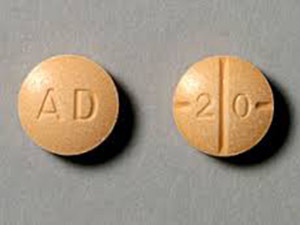 Buy Adderall Online
Buy Adderall Online -
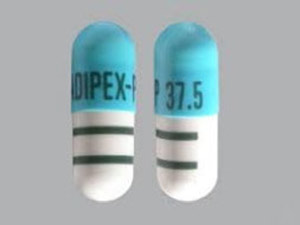 Buy Adipex Online
Buy Adipex Online -
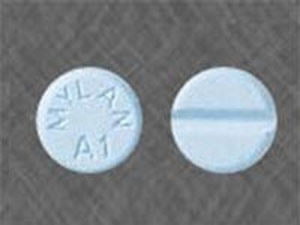 Buy Alprazolam Online
Buy Alprazolam Online -
 Buy Ambien Online
Buy Ambien Online -
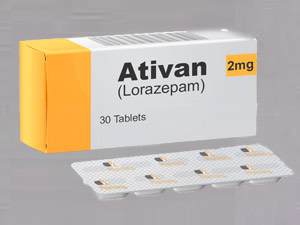 Buy Ativan online
Buy Ativan online -
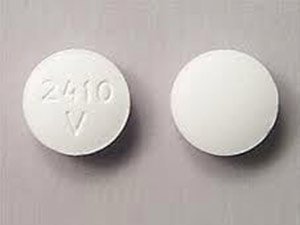 Buy Carisoprodol Online
Buy Carisoprodol Online -
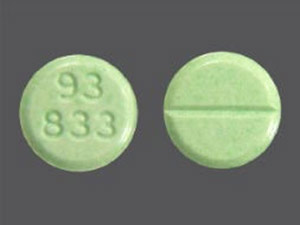 Buy Clonazepam Online
Buy Clonazepam Online -
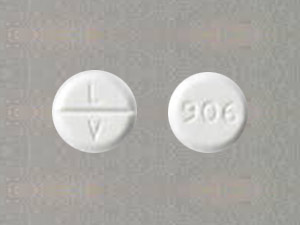 Buy Codeine Online
Buy Codeine Online -
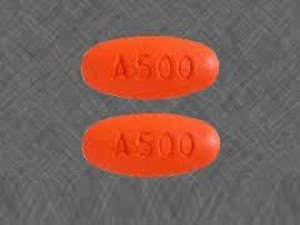 Buy Darvocet Online
Buy Darvocet Online -
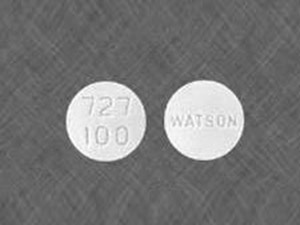 Buy Demerol Online
Buy Demerol Online -
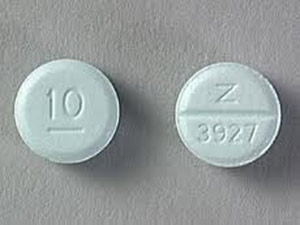 Buy Diazepam Online
Buy Diazepam Online -
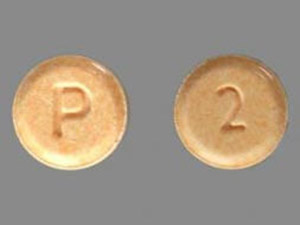 Buy Dilaudid Online
Buy Dilaudid Online -
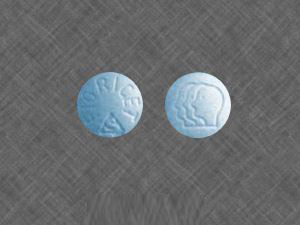 Buy Fioricet online
Buy Fioricet online -
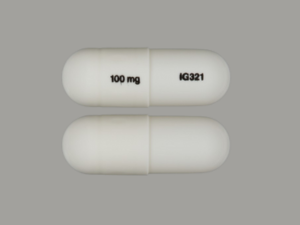 Buy Gabapentin Online
Buy Gabapentin Online -
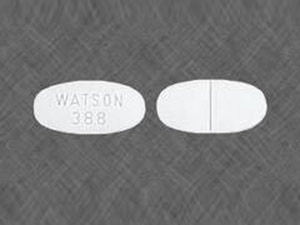 Buy Hydrocodone Online
Buy Hydrocodone Online -
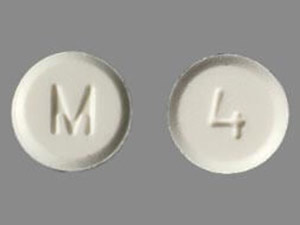 Buy Hydromorphone Online
Buy Hydromorphone Online -
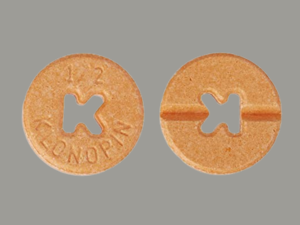 Buy Klonopin Online
Buy Klonopin Online -
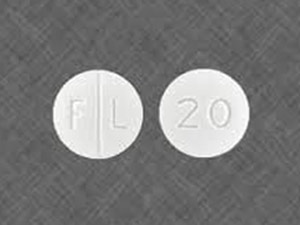 Buy Lexapro Online
Buy Lexapro Online -
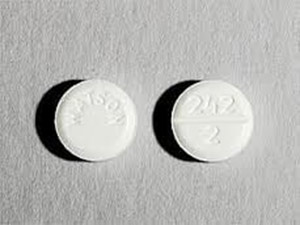 Buy Lorazepam Online
Buy Lorazepam Online -
 Buy Lorcet Online
Buy Lorcet Online -
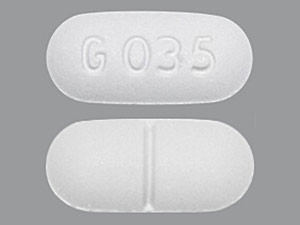 Buy Lortab Online
Buy Lortab Online -
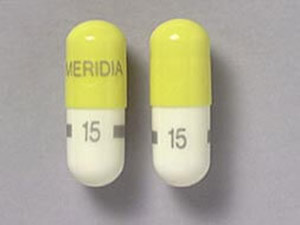 Buy Meridia Online
Buy Meridia Online -
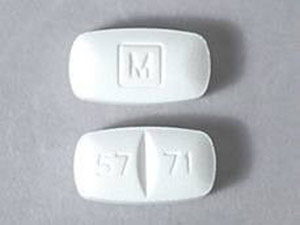 Buy Methadone Online
Buy Methadone Online -
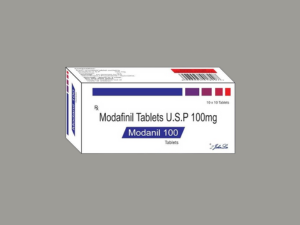 Buy Modafinil Online
Buy Modafinil Online -
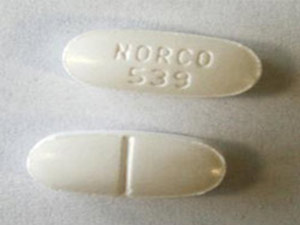 Buy Norco Online
Buy Norco Online -
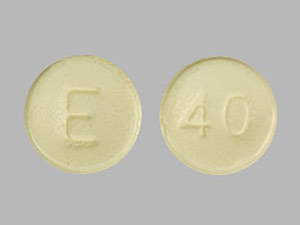 Buy Opana ER Online
Buy Opana ER Online -
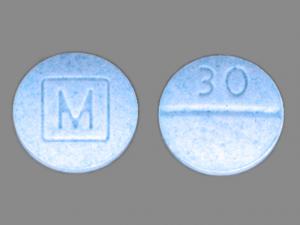 Buy Oxycodone Online
Buy Oxycodone Online -
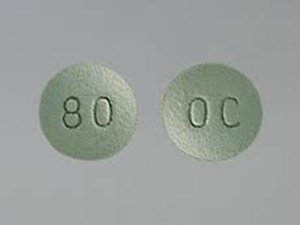 Buy Oxycontin Online
Buy Oxycontin Online -
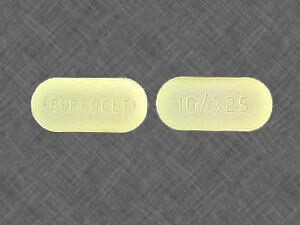 Buy Percocet Online
Buy Percocet Online -
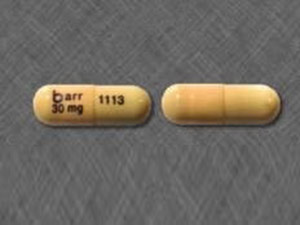 Buy Phentermine Online
Buy Phentermine Online -
 Buy Roxicodone Online
Buy Roxicodone Online -
 Buy Soma Online
Buy Soma Online -
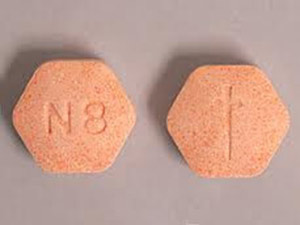 Buy Suboxone Online
Buy Suboxone Online -
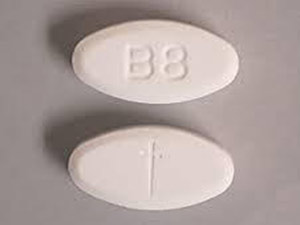 Buy Subutex Online
Buy Subutex Online -
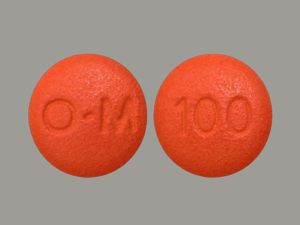 Buy Tapentadol Online
Buy Tapentadol Online -
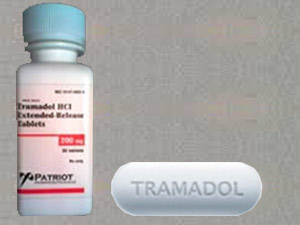 Buy Tramadol Online
Buy Tramadol Online -
 Buy Valium Online
Buy Valium Online -
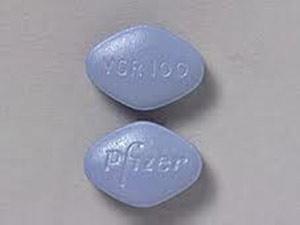 Buy Viagra Online
Buy Viagra Online -
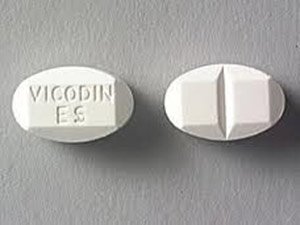 Buy Vicodin Online
Buy Vicodin Online -
 Buy Xanax Online
Buy Xanax Online -
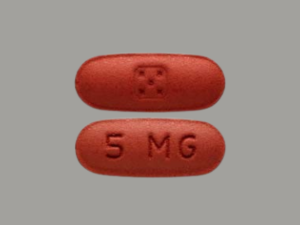 Buy Zolpidem Online
Buy Zolpidem Online

Leave a Reply